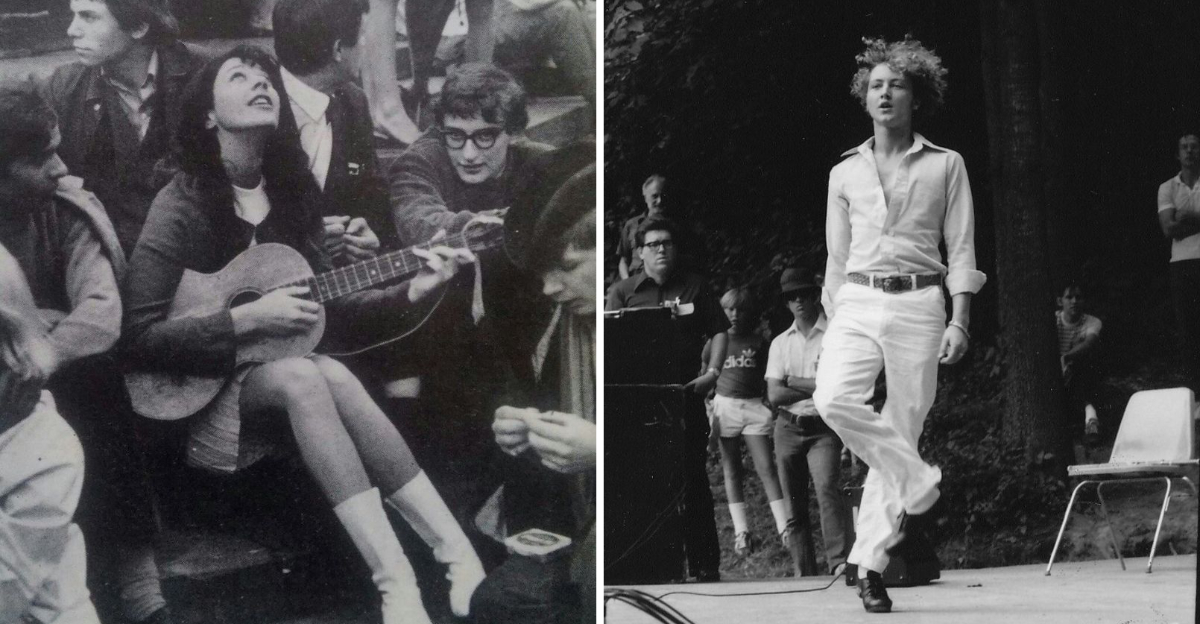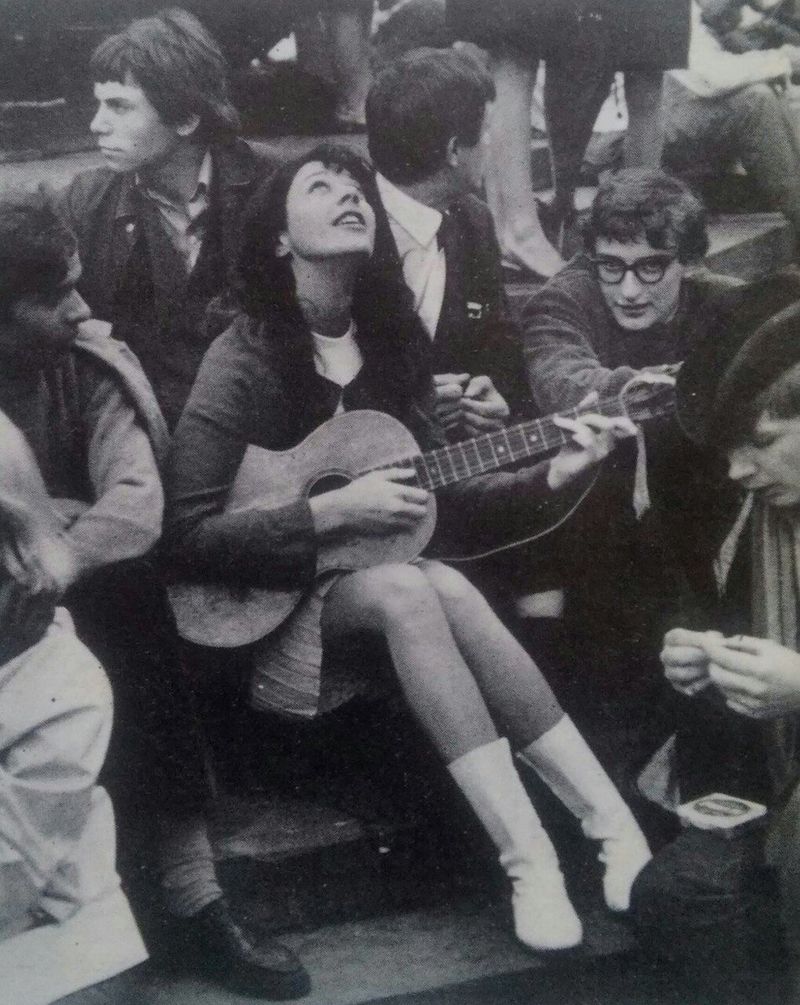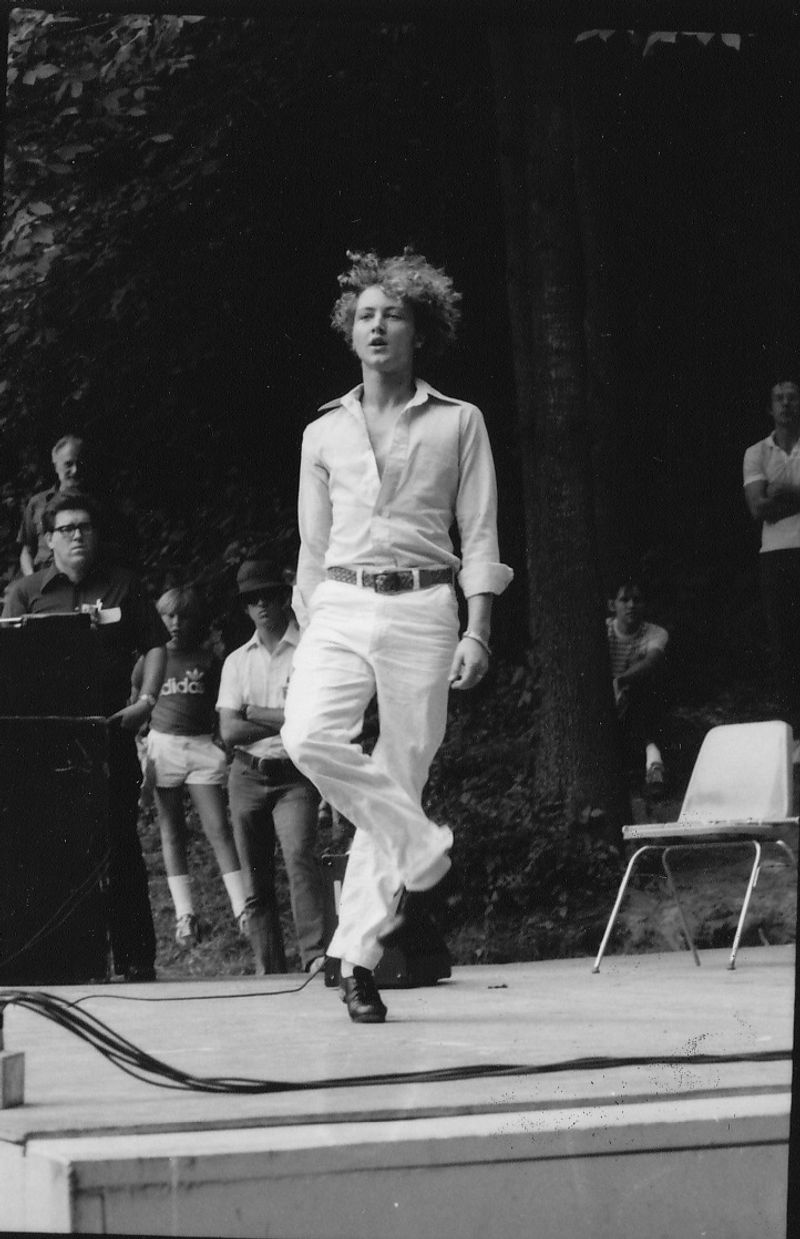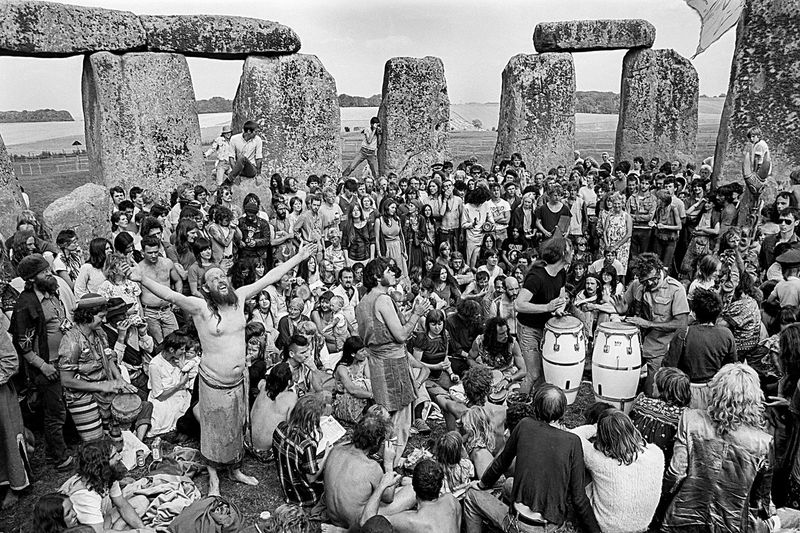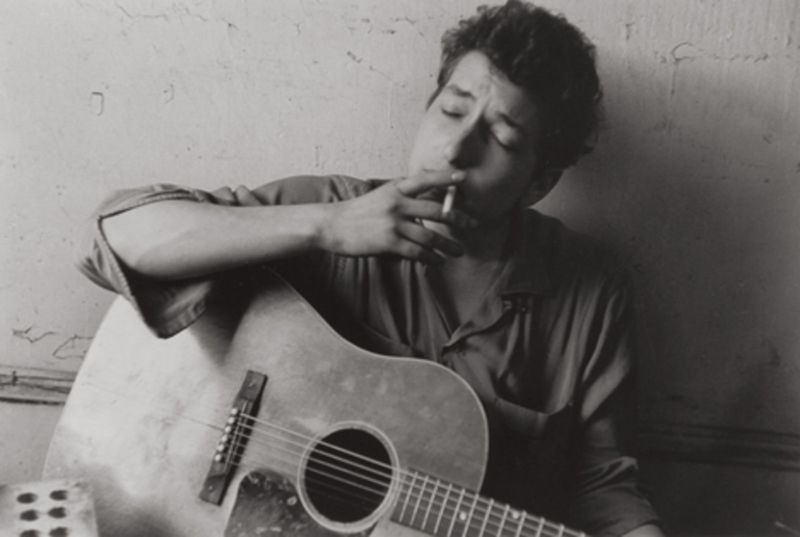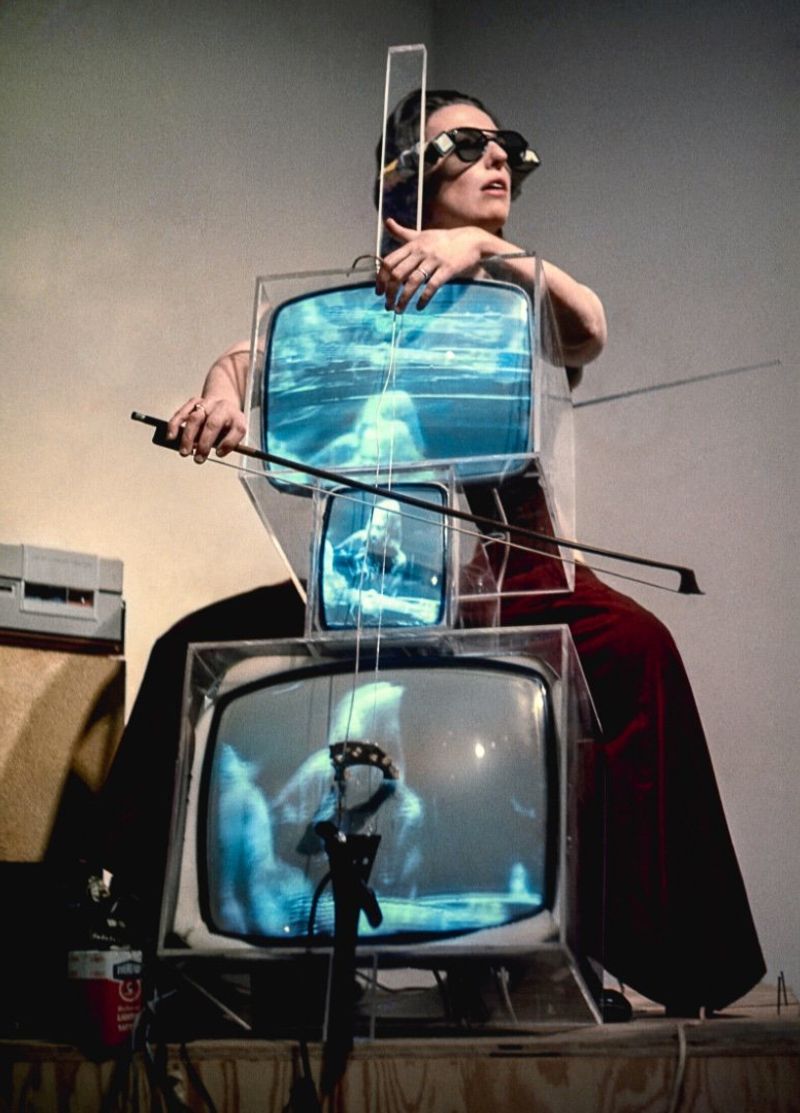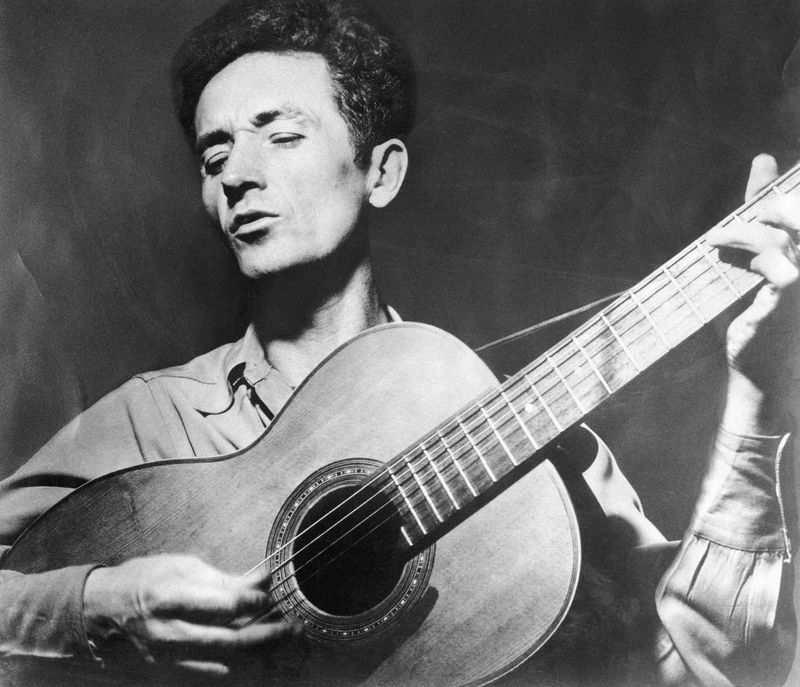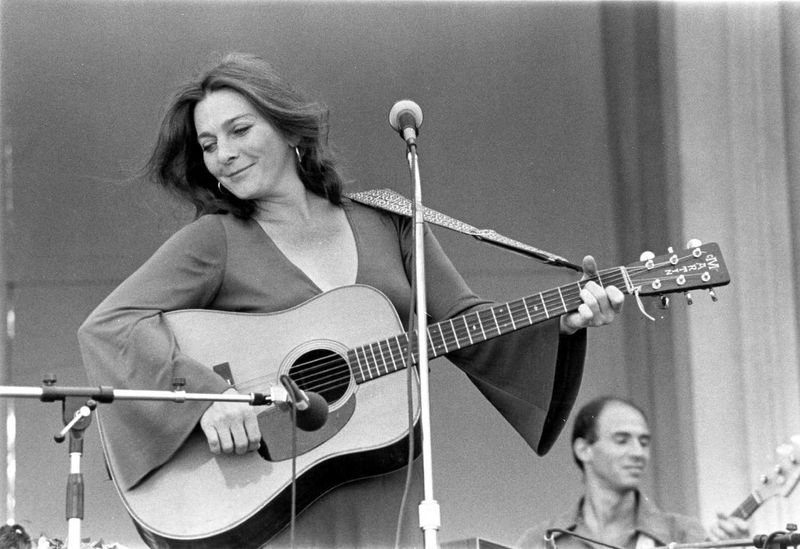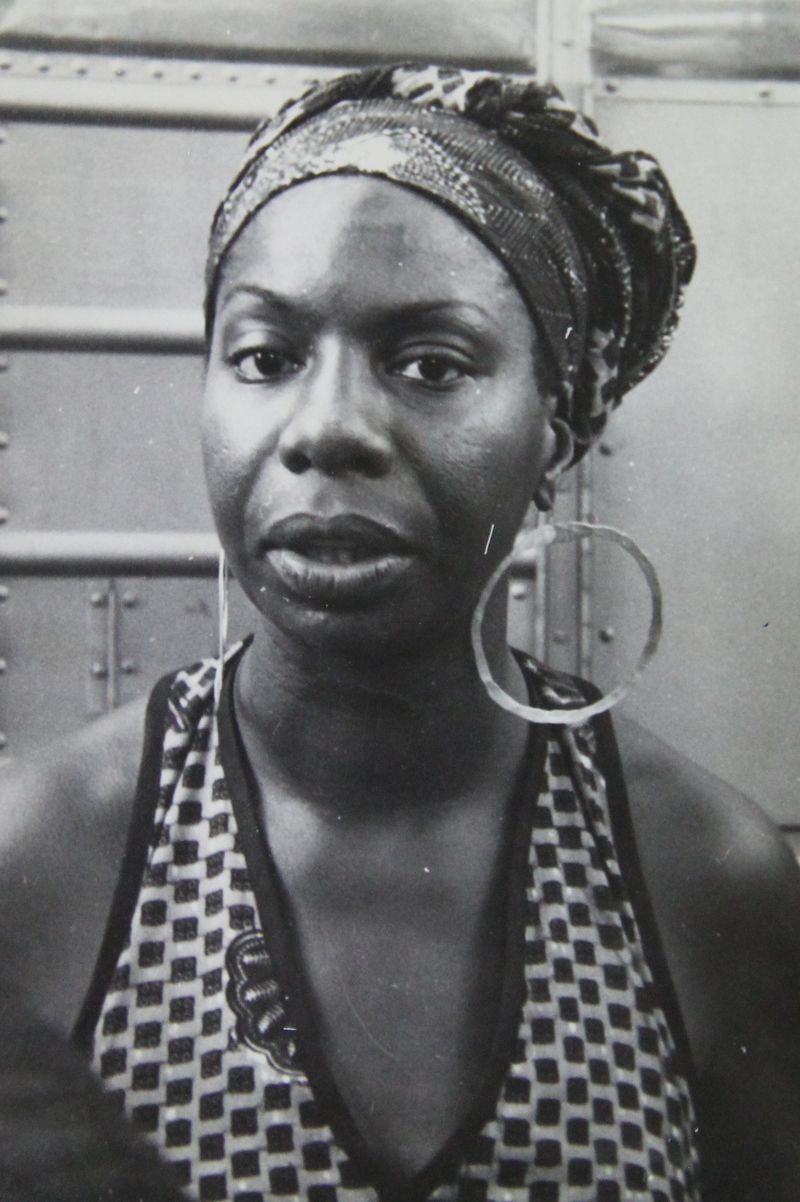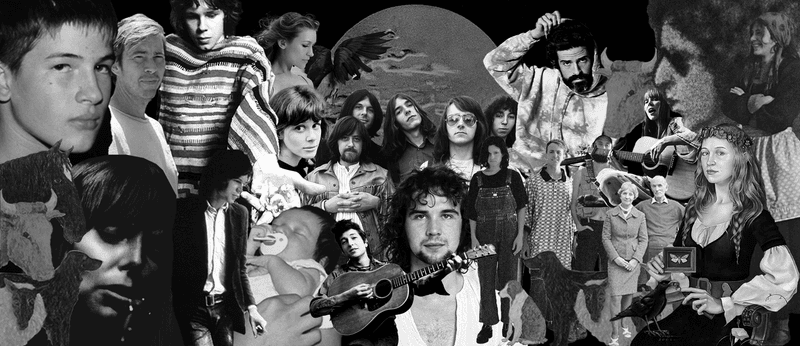The 1980s marked a fascinating period for folk music, witnessing a revival that brought it back into the limelight. This resurgence was characterized by a deep appreciation for traditional sounds blended with contemporary influences, making folk music relevant and accessible to new audiences. Artists and bands played a pivotal role in this revival, redefining and expanding the boundaries of folk music. Let’s explore some key elements and figures that contributed to the rich tapestry of folk music in the 80s.
The Rise of Indie Folk
In the 1980s, indie folk emerged as a genre that captivated listeners with its heartfelt lyrics and acoustic sounds. Musicians embraced simplicity, often performing in intimate venues like coffeehouses. Indie folk artists found inspiration in traditional folk tunes, yet infused them with contemporary themes.
This era was marked by a return to storytelling, where musicians shared personal tales and social commentary. The rise of indie labels allowed more artists to express their unique voices, thus broadening the genre’s appeal.
These elements combined to create a renaissance of folk music during this decade.
Folk Festivals Flourish
Folk festivals in the 1980s became significant events, celebrating the genre’s rich heritage and its modern evolution. They were gatherings where traditional and contemporary folk musicians could showcase their art.
These festivals offered a platform for emerging artists, helping them gain recognition and connect with audiences. Folk festivals revitalized interest in historical ballads, while also encouraging innovation.
This era’s festivals were instrumental in keeping the folk tradition alive and thriving, drawing crowds that cherished both the nostalgic and the new sounds of folk music.
Influence of Celtic Music
Celtic music played a crucial role in the folk revival of the 1980s, infusing the genre with its vibrant and haunting melodies. The influence of Celtic instrumentation, like fiddles and tin whistles, added a unique texture to folk music.
Artists began exploring themes from Celtic folklore, enriching their compositions with stories of ancient legends and landscapes. This blend of musical traditions fostered a deeper appreciation for cultural heritage.
The integration of Celtic elements revitalized folk music, attracting new fans and preserving the genre’s diverse roots.
Bob Dylan’s Continued Impact
Bob Dylan remained an influential figure in the 1980s folk music scene, continuing to inspire artists with his innovative approach to songwriting. His ability to weave poetic lyrics with folk melodies set a high standard.
During this decade, Dylan’s experimentation with different sounds, including folk-rock and gospel, showcased his versatility. He pushed the boundaries of folk music, encouraging others to explore new directions.
Dylan’s enduring legacy in the 1980s reminded musicians of the power of storytelling, further fueling the folk music revival.
The Role of Television
Television played a pivotal role in the revival of folk music during the 1980s, bringing the genre to a broader audience. Shows dedicated to live music performances featured folk artists, increasing their visibility and popularity.
This exposure helped demystify folk music, presenting it as accessible and relevant. Music programs often highlighted both established and emerging musicians, creating a diverse platform for expression.
The visual element of television allowed audiences to connect with artists on a personal level, further cementing folk music’s place in popular culture.
Revival of Acoustic Sounds
The 1980s witnessed a revival of acoustic sounds, which became integral to the folk music resurgence. Musicians turned to acoustic instruments, favoring their warm, authentic tones over electronic sounds.
This return to acoustic music emphasized craftsmanship and musicianship, allowing artists to highlight their vocal and instrumental skills. It offered a refreshing contrast to the synthesized music prevalent at the time.
The renewed appreciation for acoustic sounds signaled a desire for authenticity and connection, hallmarks of the folk music tradition.
Feminism in Folk Music
The 1980s folk revival saw a surge of female artists who brought feminist themes to the forefront of the genre. These musicians used folk music as a platform to discuss women’s rights, equality, and empowerment.
Their songs resonated with audiences, challenging societal norms and inspiring change. The era celebrated strong female voices who redefined the role of women in music.
By addressing contemporary issues, these artists contributed to the evolution of folk music, ensuring it remained a relevant and powerful tool for social commentary.
The Impact of Protest Songs
Protest songs in the 1980s were a vital component of the folk music revival, echoing the genre’s roots in social justice. Musicians addressed pressing issues like nuclear disarmament and civil rights, galvanizing audiences to action.
These songs harnessed the power of folk music to unite people and inspire change, reinforcing its relevance. The protest movement within folk music provided a voice for the marginalized and served as a call to action.
This tradition of activism ensured that folk music remained a dynamic force for social change.
Rediscovery of Folk Legends
The 1980s revival of folk music sparked a renewed interest in legendary folk artists from earlier decades. Record stores saw a surge in demand for vinyl albums of folk icons, as new listeners sought to explore the roots of the genre.
This rediscovery brought attention to the timeless quality of traditional folk music and its enduring influence. Older recordings offered inspiration, guiding contemporary musicians in their creative endeavors.
By reconnecting with folk legends, the 1980s movement honored the past while inspiring future generations to carry the torch forward.
